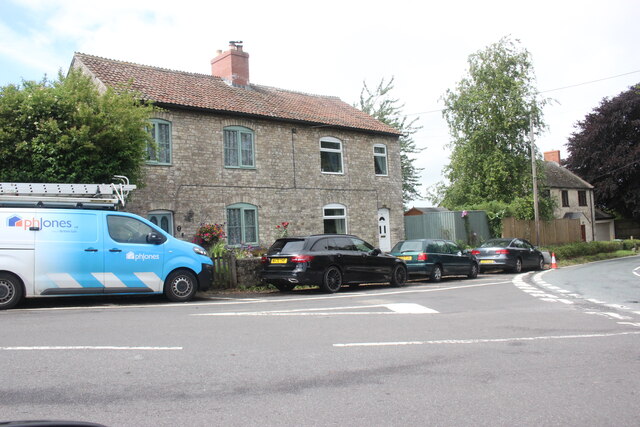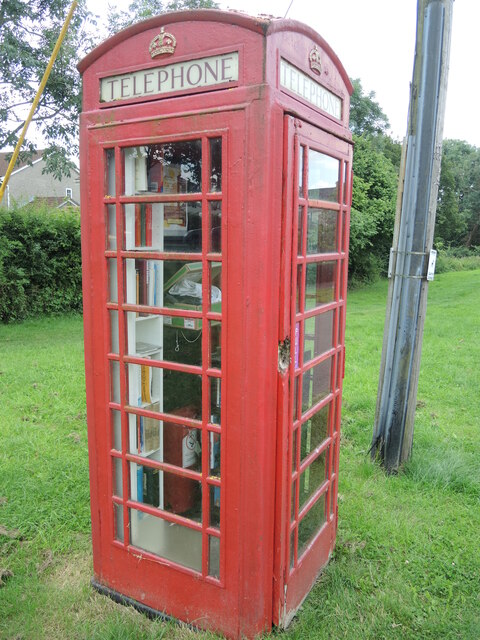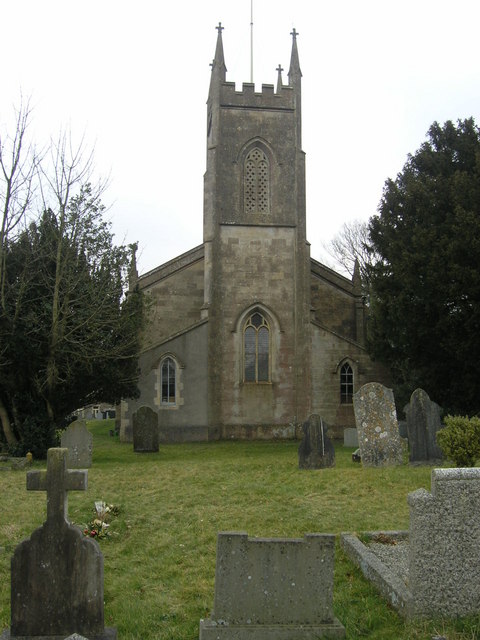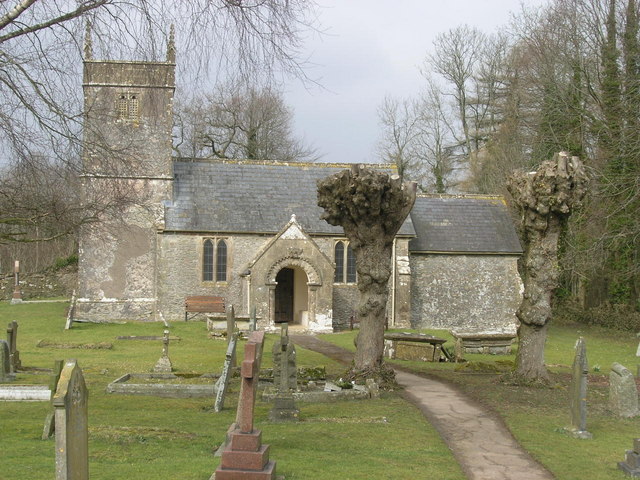Lipyeate
Settlement in Somerset Mendip
England
Lipyeate

Lipyeate is a small village located in the county of Somerset, England. Situated approximately 5 miles southeast of the town of Taunton, it is nestled in the beautiful countryside of the Taunton Deane district. The village is situated on the eastern edge of the Blackdown Hills, an Area of Outstanding Natural Beauty.
Lipyeate is a historic settlement that dates back to medieval times. It is known for its charming thatched cottages and picturesque landscapes, which attract visitors seeking a tranquil and scenic retreat. The village is surrounded by rolling hills, lush green fields, and wooded areas, offering plenty of opportunities for outdoor activities such as hiking, cycling, and horseback riding.
Despite its small size, Lipyeate has a strong sense of community. The village boasts a local pub, The Black Horse, which serves traditional British food and drinks, and is a popular spot for locals and visitors alike. The village also has a small church, St. Peter's, which adds to its quaint and historic charm.
Lipyeate is well-connected to nearby towns and cities. The village is accessible via the A358 road, which connects it to Taunton and other major roads in the region. Taunton railway station is also conveniently located nearby, providing easy access to other parts of the country.
Overall, Lipyeate offers a peaceful and idyllic countryside experience, making it a desirable destination for those seeking a retreat from the hustle and bustle of city life.
If you have any feedback on the listing, please let us know in the comments section below.
Lipyeate Images
Images are sourced within 2km of 51.250916/-2.458481 or Grid Reference ST6850. Thanks to Geograph Open Source API. All images are credited.









Lipyeate is located at Grid Ref: ST6850 (Lat: 51.250916, Lng: -2.458481)
Administrative County: Somerset
District: Mendip
Police Authority: Avon and Somerset
What 3 Words
///summaries.chaos.napped. Near Chilcompton, Somerset
Nearby Locations
Related Wikis
Coleford, Somerset
Coleford is a village and civil parish in Somerset, England, situated on the Mells River in the Mendip Hills five miles west of Frome. The parish has a...
Holcombe, Somerset
Holcombe is a small village and civil parish (population 936) in the Mendip local government district of Somerset, England. The parish contains the hamlets...
Church of St Andrew, Holcombe
The Church of St. Andrew close to Downside Abbey in Holcombe, Somerset, England has late Saxon-early Norman origins and was rebuilt in the 16th century...
Newbury Manor School
Newbury Manor School is a specialist education school for pupils with an autistic spectrum diagnosis, situated in Newbury, near Mells, seven miles from...
Nearby Amenities
Located within 500m of 51.250916,-2.458481Have you been to Lipyeate?
Leave your review of Lipyeate below (or comments, questions and feedback).










